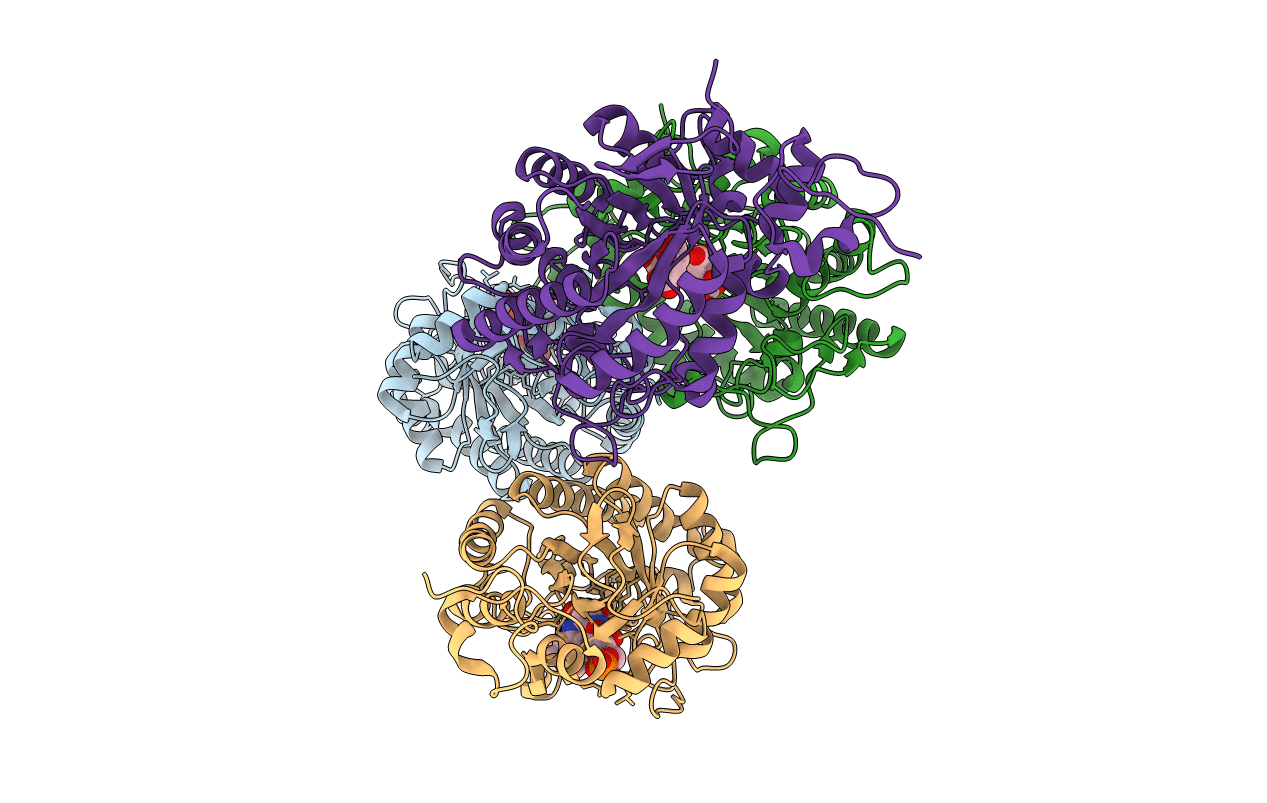
Deposition Date
2017-07-03
Release Date
2017-09-06
Last Version Date
2024-01-17
Entry Detail
PDB ID:
5OCS
Keywords:
Title:
Ene-reductase (ER/OYE) from Ralstonia (Cupriavidus) metallidurans
Biological Source:
Source Organism:
Cupriavidus metallidurans (Taxon ID: 119219)
Host Organism:
Method Details:
Experimental Method:
Resolution:
1.70 Å
R-Value Free:
0.19
R-Value Work:
0.16
R-Value Observed:
0.17
Space Group:
P 21 21 21


